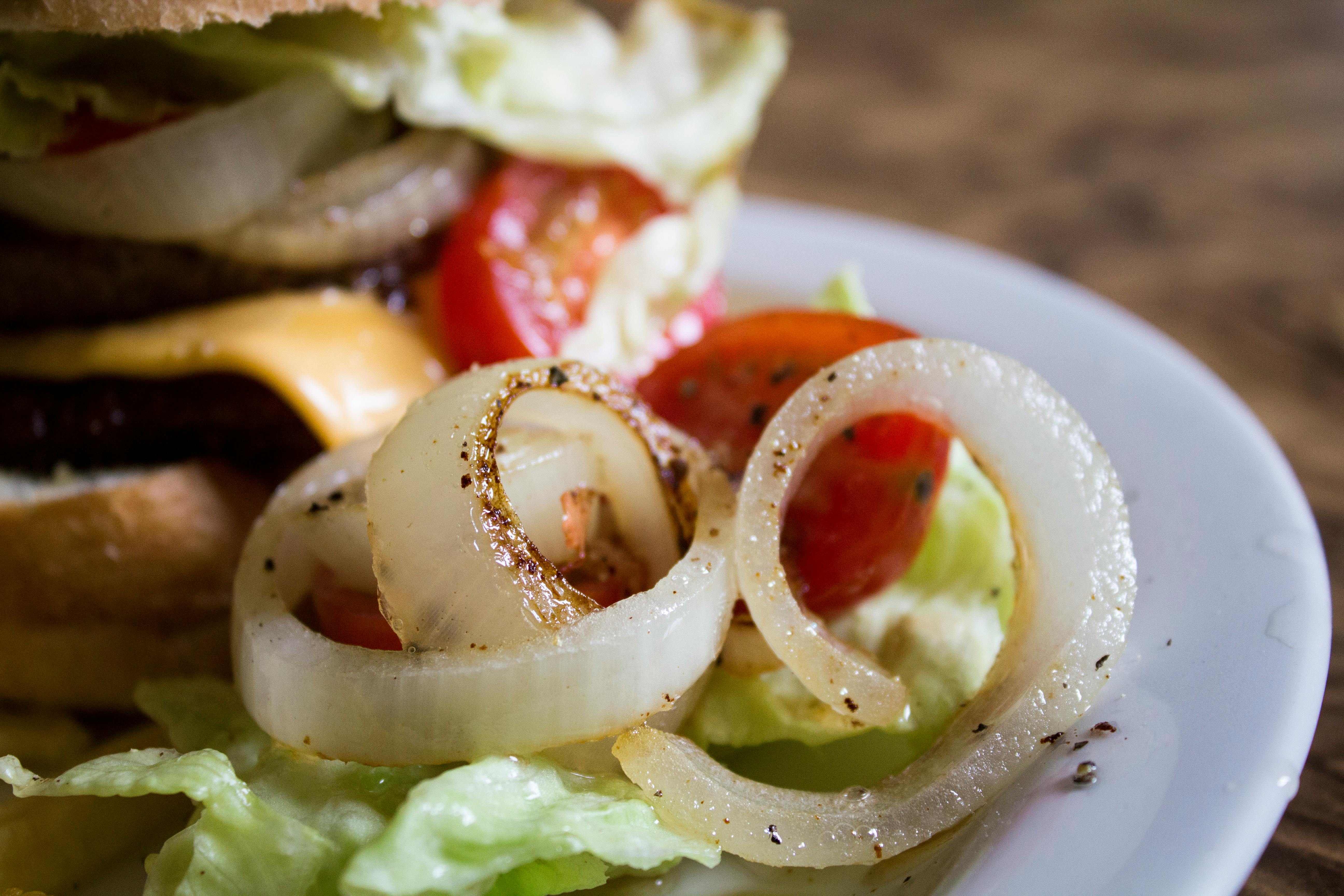My top 10 golden rules for a flat stomach
Many women I talk to tell me that the main area of their body they want to see a difference is their stomach. They usually want to lose weight, but mostly they want to get rid of body fat around the waist and tone their muscles to give them a more defined look when wearing their favorite dress or top.
If you search the Internet for toning stomach muscles, you will be inundated with information, tips, exercises, fad diets, etc. There’s a lot of stuff out there. The question is, who do you trust and, more importantly, what is the best advice?
Having worked with women for many years, I know what works and what doesn’t. For example, doing 200 sit-ups every day won’t give you a flat stomach if you don’t make other changes in your life as well. I would say the ratio you should focus on is: diet 70-80% and exercise 20-30%. Therefore, it is crucial to make sure that the food you eat is clean and healthy. What I mean by ‘clean’ is eliminating (or drastically reducing) processed foods, sugar, gluten, dairy and wheat (in many cases), and alcohol. Follow my tips below and you should see a big difference.
1. Avoid diets and diet pills completely and don’t follow the latest weight loss diet on the cover of a magazine. Most of these diets are extreme and it is usually when some Hollywood star has needed to lose weight very quickly for a TV show or movie. The reality is that only 2% of weight loss diets (eat less, exercise more principle) are successful for long-term health [all diets have their benefits but the reality is that they are all high-fad diets where the weight loss is not sustainable].
2. There is no diet or healthy eating plan that is perfect for everyone. Try different foods and recipes and see what works for you and your body type.
3. Watch what you’re eating: Look at your plate before you start eating. Why do we become obese? Generally, it has to do with ALL of the following:
- The quality of the food we eat: always try to have green leafy vegetables with every meal
- The amount and type of calories: don’t crowd food on your plate
- The type of fats and carbohydrates: especially avoid sugary foods.
4. What does your food consist of? Think of ALL of the following:
- The type, balance and quality of carbohydrates, proteins and fats.
- The amount of fiber
- The type of phytonutrients (plant chemicals) i.e. green leafy vegetables
- vitamins and minerals
- Meal times and portion sizes.
- The frequency of meals: eat little and often to have more stable energy levels throughout the day.
5. Control your stress levels. If you don’t master stress, you’ll have more visceral fat (fat around your waist) due to an increase in the stress hormone cortisol, which means more inflammation and therefore more obesity. The body shuts down digestion under stress and blood goes to the muscles, brain, heart and lungs for the fight or flight response. Learn to relax when eating and chew slowly.
6. Exercise correctly and gradually and avoid long duration cardio if you can. Build your muscle by incorporating strength training into your workouts. Muscle burns 70 times more calories than fat, so when you lose weight (ie on a restrictive diet), you lose both muscle and fat; when you gain weight back, it’s just fat and this burns 70 times fewer calories than muscle, so you need fewer calories to maintain the same weight. Also, interval cardio training i.e. running, cycling, rowing, etc. is much better than long duration cardio training. It has the ‘after burn’ effect, which will help reduce belly fat.
7. Don’t waste time doing sit-ups and squats: The priority should be to reduce body fat by incorporating a healthy diet and a progressive exercise program.
8. Don’t buy ab machines like those ab rollers, they are a waste of money.
9. Avoid the “bad” foods, ie obesity additives: You’ll find them in most processed foods, tomato sauces, salad dressings, sauces, cakes, cookies, etc. They all contain hidden sugars, which are then stored as body fat.
10. Eat “good” foods 90-95% of the time, i.e. fresh, natural foods, whole grains, fruits, vegetables, lean cuts of meat, fish, nuts, seeds, healthy oils, legumes, plain yogurt, eggs, dark chocolate. , organic nut butters, coconut milk, root vegetables, etc.
